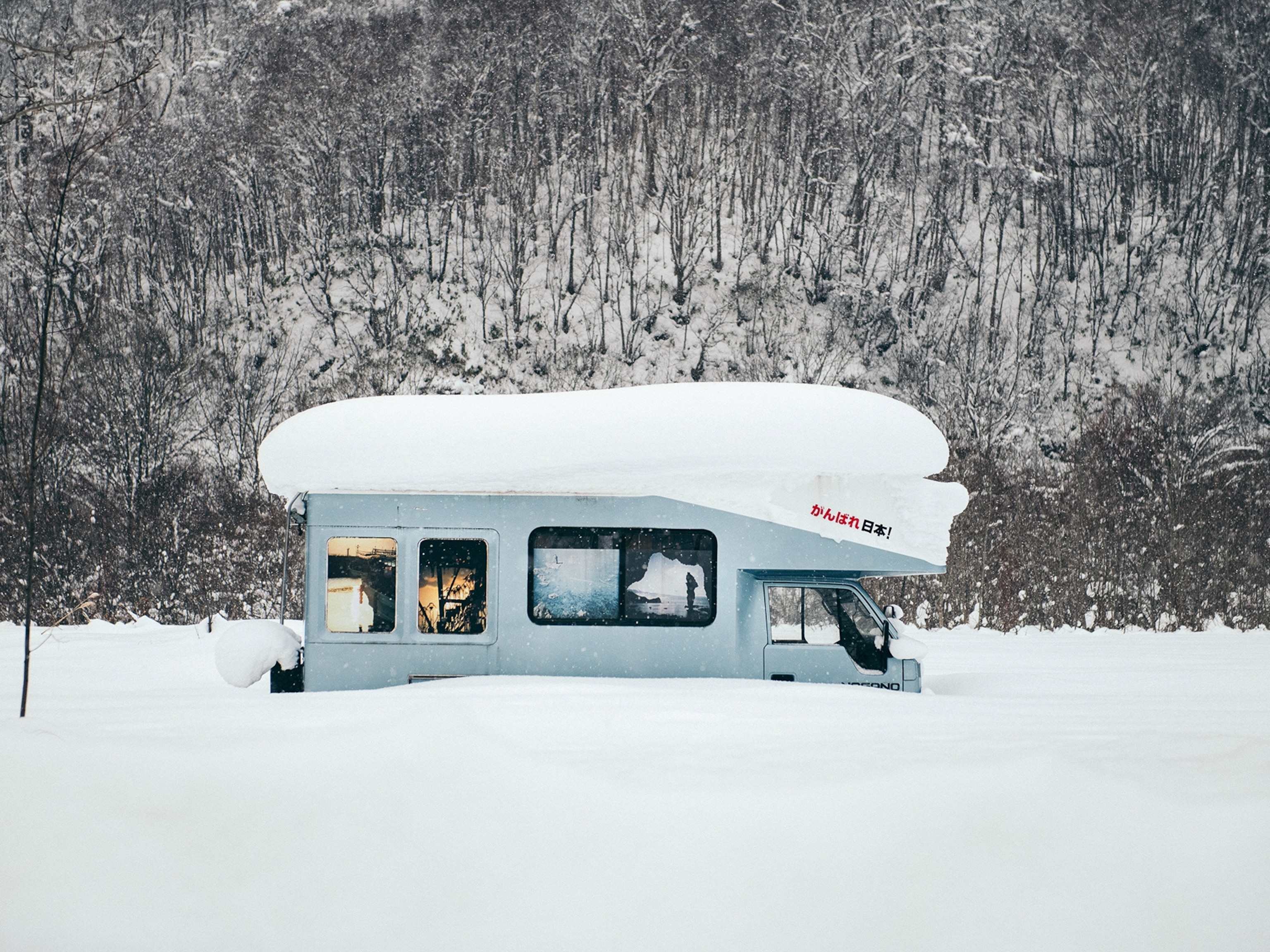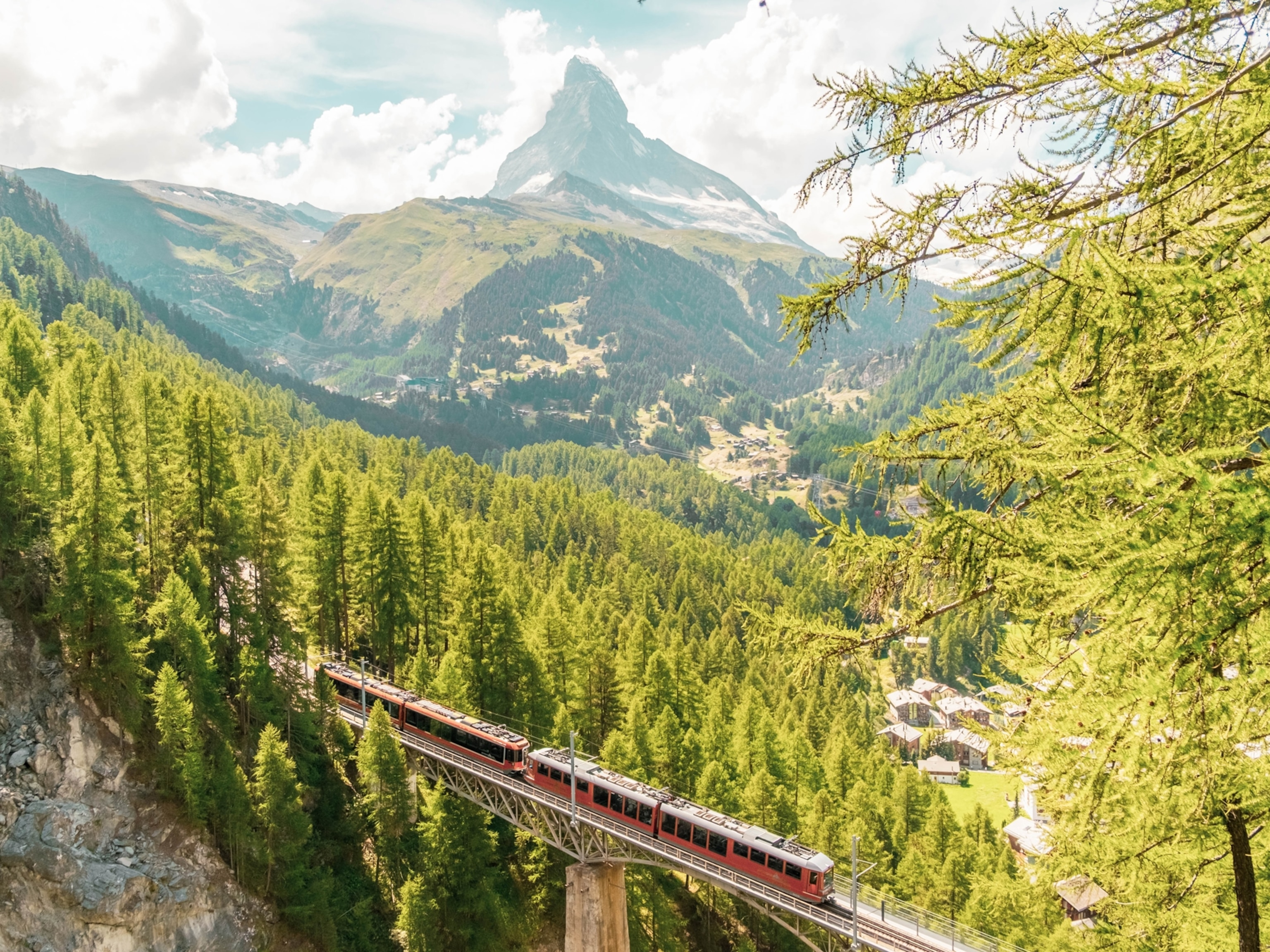
These Arctic glaciers are smaller than ever before in human history
On Baffin Island, "unprecedented" summer warmth over the last century is shrinking its glaciers.
The glaciers on Baffin Island, high in the Canadian Arctic, have been shrinking as the climate warms.
As they melt and recede, these glaciers have exposed fragments of ancient plants—frozen into the exact spots where they once grew—that haven’t seen the light of day for at least 40,000 years, new research published Friday in Nature Communications suggests.
“The last century of warmth has been enough to shrink these ice caps back to dimensions they have not been at for the last 115,000 years,” says Simon Pendleton, a climate scientist at the University of Colorado, Boulder and the lead author of the study.
The hot North
The entire planet has been warming since humans started flooding the atmosphere with greenhouse gases at the start of the Industrial Revolution. But the effect isn’t spread evenly. Some regions, like the Arctic, feel the brunt of the warming: Average air temperatures at the northern reaches of the planet have risen more, and faster, than anywhere else in the world. In response, glaciers large and small have been melting away at alarming rates—faster than anything observed in modern human history.
Still, it hasn’t been completely clear whether the Arctic warming observed over the past century is unprecedented over longer time periods. Has it been warm enough to melt away these ice caps sometime in the past 10,000 years? Or 50,000 years? Or 100,000?
“What we were asking,” Pendleton says, “was, when was the last time the Arctic was as warm as today?”
There were times in the past when the Arctic may have been toastier than it is at present—not because of human influence on the climate, but because of the complicated way Earth wobbles on its axis. About 10,000 years ago, for example, the northern latitudes pointed at the sun more directly during the summer than they do now, bathing the Arctic in nearly nine percent more sunshine over the course of the season than it gets today.
Glaciers grow and shrink in response to slight changes in temperature. In this part of the world, they closely track the amount of warmth the region accumulates over the course of a summer. So as the Arctic summers warm, the glaciers melt away.
“They’re the canaries in a coal mine,” says Meredith Kelly, a paleoclimate scientist at Dartmouth who was not involved in the study, “these really sensitive things that are responding to climate.”
Gentle glaciers
The glaciers the team looked at, perched on Baffin’s high plateaus, interact with the landscape more gently than many other glaciers in the world. Rather than carving canyons and clawing grooves into solid bedrock, these glaciers, as they grew, would softly overtop the flora that grew around their edges, freezing mosses and other delicate plants in place.
Now, as the glaciers retreat, out melt the ancient plants—in exactly the same positions as when they died long ago. So by figuring out how old the plants are, the team could fingerprint the last time the glaciers were as small as they are today.
The researchers scooped up plants newly exposed by retreating ice caps across the island. Back in the lab, they tested them to see how much radiocarbon was left in their hoary tissues. Radiocarbon, a naturally radioactive version of carbon, is a time-keeper: Living things incorporate it into their tissues, but it decays at predictable rates over the course of thousands of years. Eventually, after about 40,000 years, there’s essentially none left.
So if the plant samples they found had a lot of radiocarbon left in them, that would would mean they had died relatively recently. But instead, the mosses were essentially devoid of radiocarbon. That suggested that the plants had died at least 40,000 years earlier, indicating that the glaciers hadn’t melted back to today’s size for at least that long.
The researchers also measured radiocarbon in the rocks just outside the modern edge of the ice sheets. Similarly, they found essentially no radiocarbon, backing up the mosses’ evidence that ice had covered the sites for 40,000 years or more.
Canaries in a cold mine?
At that time, 40,000 years ago, the planet was deep in a cold phase. An ice sheet miles thick stretched across the North American continent, and humans wouldn’t arrive for at least another 15,000 years.
This cold stage stretched back to about 115,000 years ago, the last time the planet as a whole was as warm as it is today. But the warmth back then was caused by the position of the planet relative to the sun, causing the Arctic to soak up nearly 13 percent more solar energy than it does today.
So even the big hit of warmth the Arctic experienced 10,000 years ago “wasn't enough to annihilate that ice,” says Shaun Marcott, a climate scientist at the University of Wisconsin, Madison, who was not involved in the study.
That underscores the intensity of the warming happening today, highlighting that the Arctic is entering new territory. And Baffin Island, Marcott points out, is right next door to Greenland—home to an ice sheet that holds enough ice to raise global sea levels by more than 20 feet if it were to melt fully. The ice in both Baffin and Greenland are nudged by similar forces, so it's key, he says, to understand just how sensitively the ice in both places responded to warming in the past, in order to figure out how it will behave in a warmer future.








